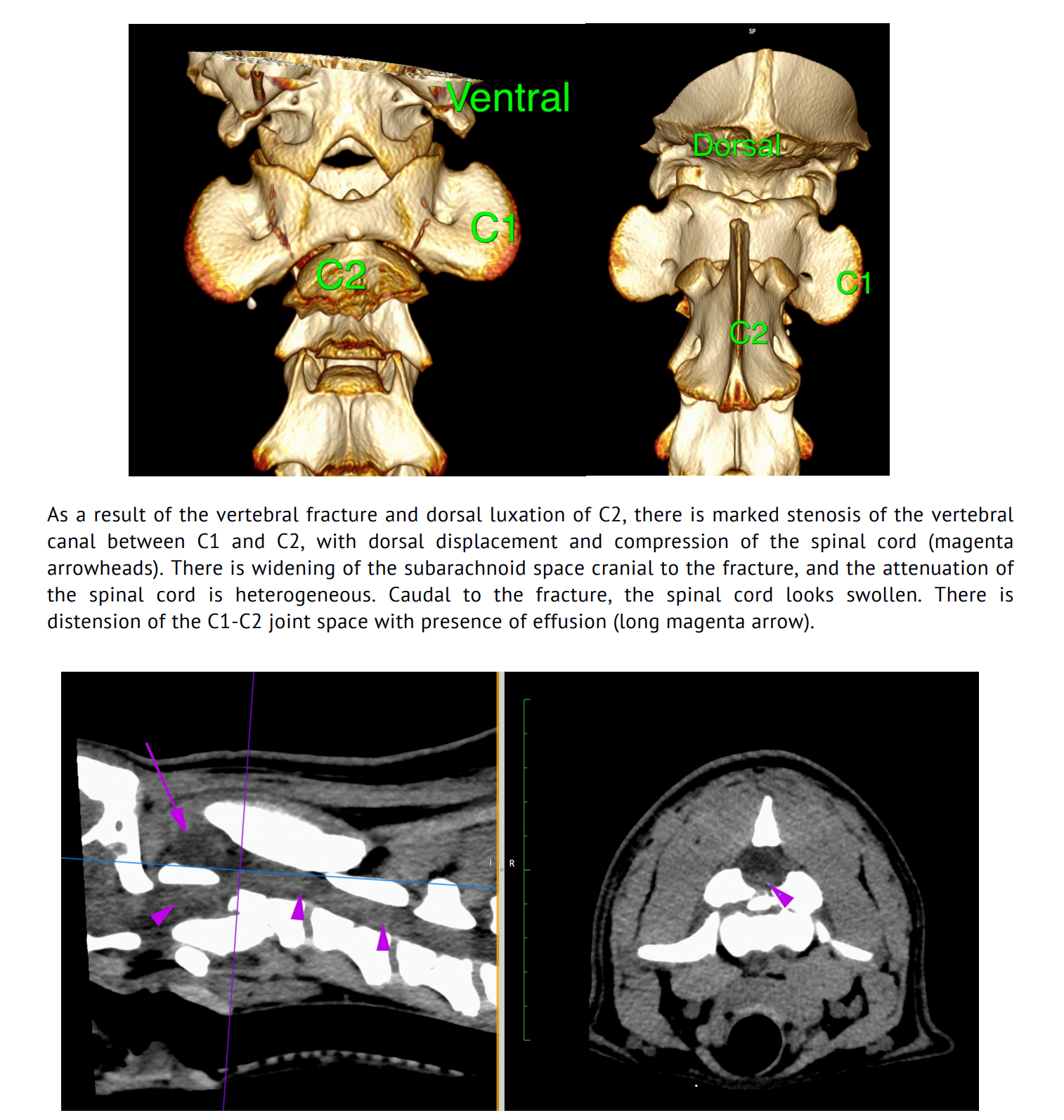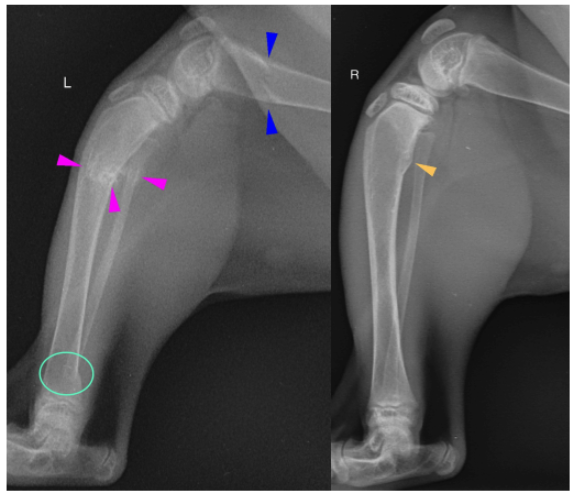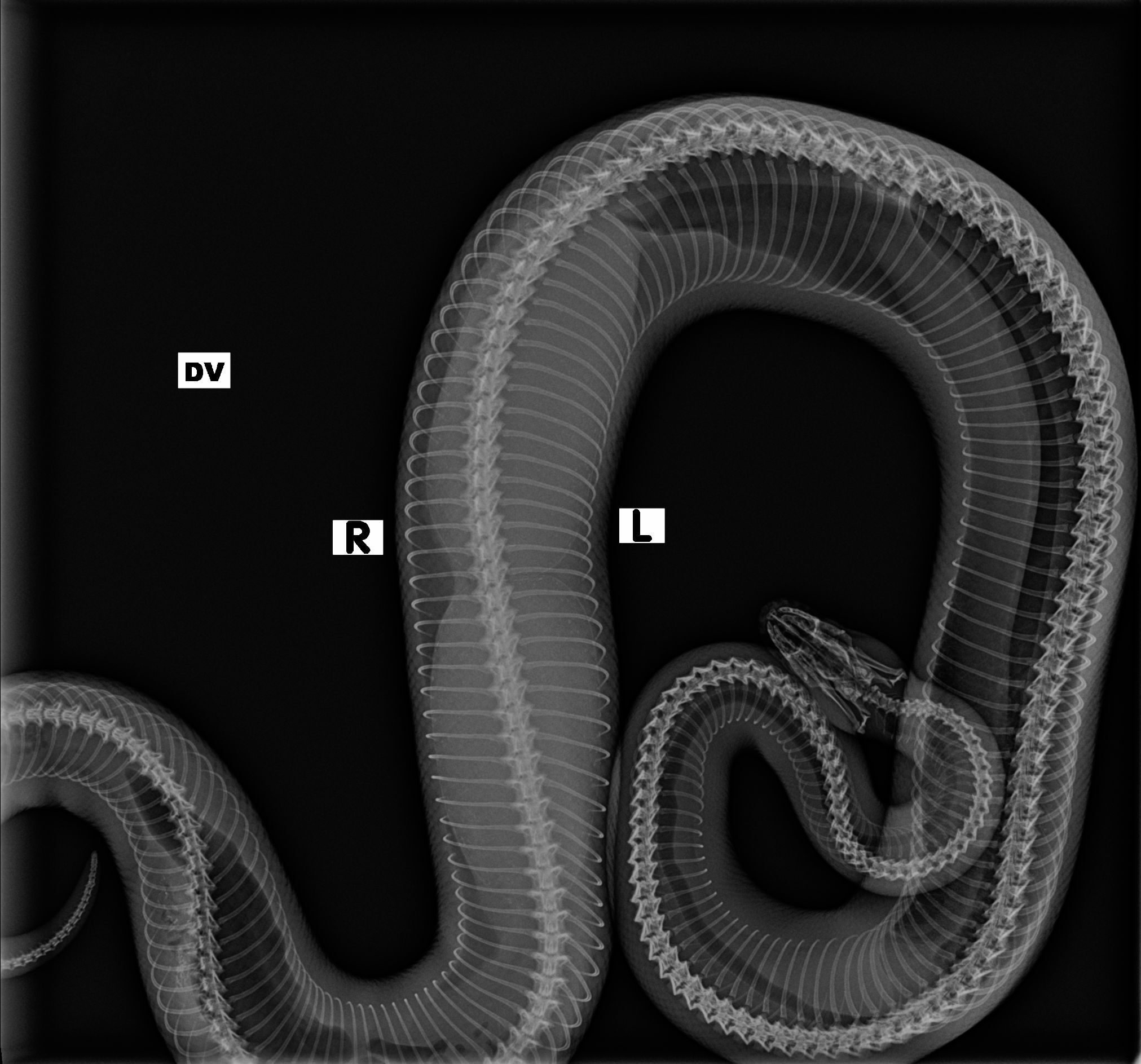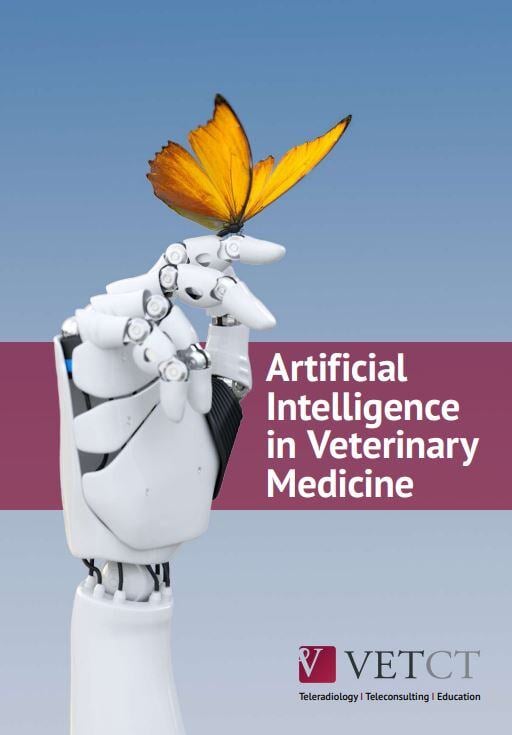
CT Scan Aids Accurate Care for Rare Species of Monkey
Liz Barton
MA VetMB, MCIPR, FRCVS, Head of...
Smokey, a rare red-faced spider monkey from the Welsh Mountain Zoo in Colwyn Bay, Conwy had become unwell and started vomiting. The zoo had lost a femalespider monkey a few months prior, due to a perforated ulcer.
Read more 
Why is A Picture Worth 1000 Words?
Liz Barton
MA VetMB, MCIPR, FRCVS, Head of...
In the patient-centric world of veterinary medicine, accurate and rapid diagnosis is paramount to ensuring the best possible outcomes for the animals in our care. Effective communication with pet parents is then essential to facilitate the trust, understanding and partnership needed for successful...
Read more 
The 8 C’s of Veterinary Diagnostic Imaging Reports
Liz Barton
MA VetMB, MCIPR, FRCVS, Head of...
The process of teleradiology involves two critical components: the expert interpretation of the medical images and the effective communication of those findings in a clinically useful, comprehensive report. Mastering both is essential for success, but most importantly of all, we really care about...
Read more .jpg)
VET.CT Strengthens Climate Commitment with Net Zero Targets
Liz Barton
MA VetMB, MCIPR, FRCVS, Head of...
VET.CT has announced that it has become one of only a handful of veterinary companies worldwide to have validated science-based net-zero targets. This significant milestone builds on the company’s 2024 achievement of operating as a carbon neutral company and reflects its key value of doing the...
Read more 
A Snake with Dystocia
Amy Zalcman
Radiologist and Resident...
A 3 year old female entire Ball Python presentedfor abdominal swelling. She recently laid a clutch of eggs which were removed from the enclosure. She had 4 eggs in her first clutch. She is acting normally.
Read more 






.jpg)


.jpg)
